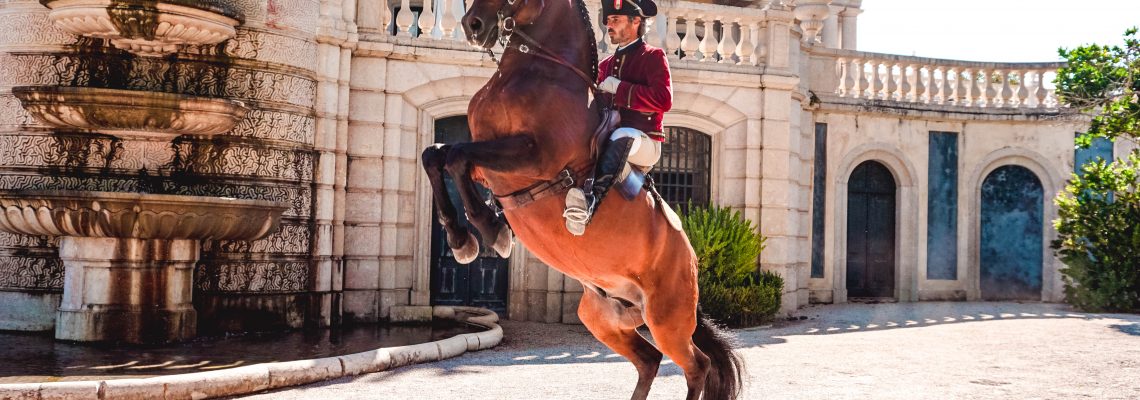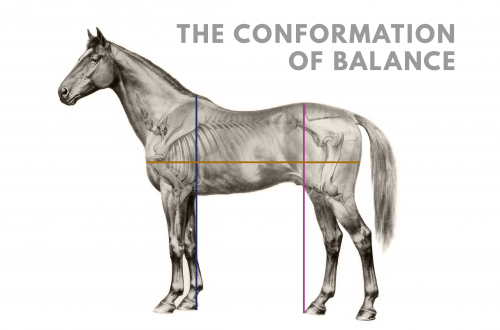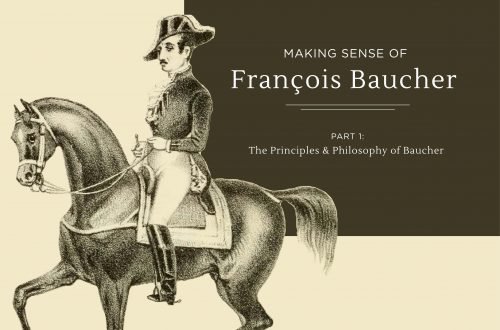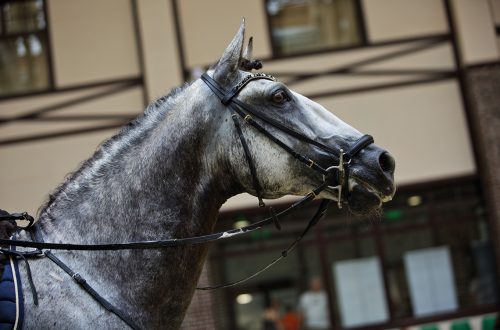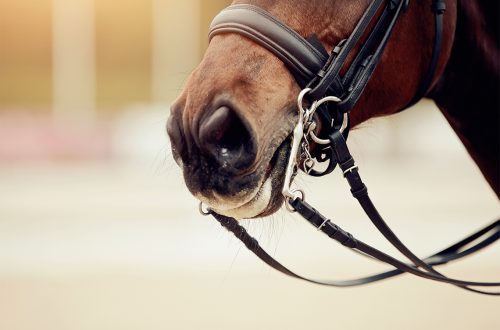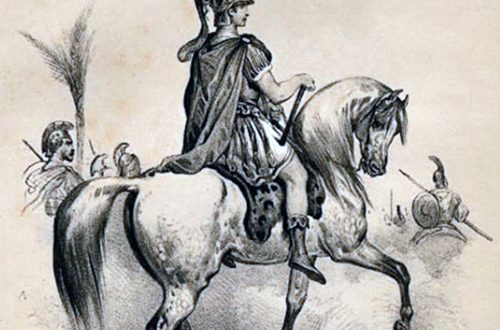-
The Conformation of Balance
I don’t know about you, but I remember learning conformation as being very complicated. There can be endless diagrams, angles to analyze, triangles and squares to visualize, and various different methods of analysis. But really when it comes down to it, all that matters most to us as riders is how a horse’s conformation will impact its movement, our riding,…
-
Making Sense of Baucher Part 1: The Principles and Philosophy of Baucher
An influential horseman who brought a new philosophy of riding in lightness, François Baucher worked to develop a system of training to bring any horse into balance. The author of the now often-quoted principle of “hands without legs, legs without hands,” and whose work greatly influenced the riding of horseman Nuno Oliveira, Baucher was in fact a highly controversial figure…
-
Why Aren’t Riding Stallions More Common in North America?
Learning to ride in the Pacific Northwest of Canada, there were very few stallions around. I remember meeting maybe four stallions in all the riding schools I ever visited, all of which were privately owned. Even today, stallions are quite uncommon in the average riding stable, and can sometimes be seen as unwelcome or complicated additions. Across North America, stallions…
-
The Benefit of Using Bits | The Hyoid Connection
A well-trained horse with a skilled rider can often perform some of the most complex movements without saddle or bridle, their skill surpassing any need for specific equipment. Riders like Alizée Froment demonstrate exactly this – that communication depends on the skill of horse and rider much more than on any specific tools. And with increasing interest in bitless riding…
-
Do I Need a Noseband? On the Purpose of Nosebands.
Growing up riding in the hunters and jumpers, I remember looking at western bridles and thinking, “Where’s the noseband?” and “How can people ride without a noseband??” Having always used bridles where the noseband was an integral part, I couldn’t understand how or why people would do without them – although I didn’t even really know why I used them.…
-
Leading Horses From the Inside Out
Many people have different ideas about what our relationship with horses should look like. While some horse people still advocate for “being the boss” and establishing dominance, others have shifted away from this idea, and aim to act more as a friend rather than a boss, building trust through soft and sensitive requests. There are interesting merits and limitations to…
